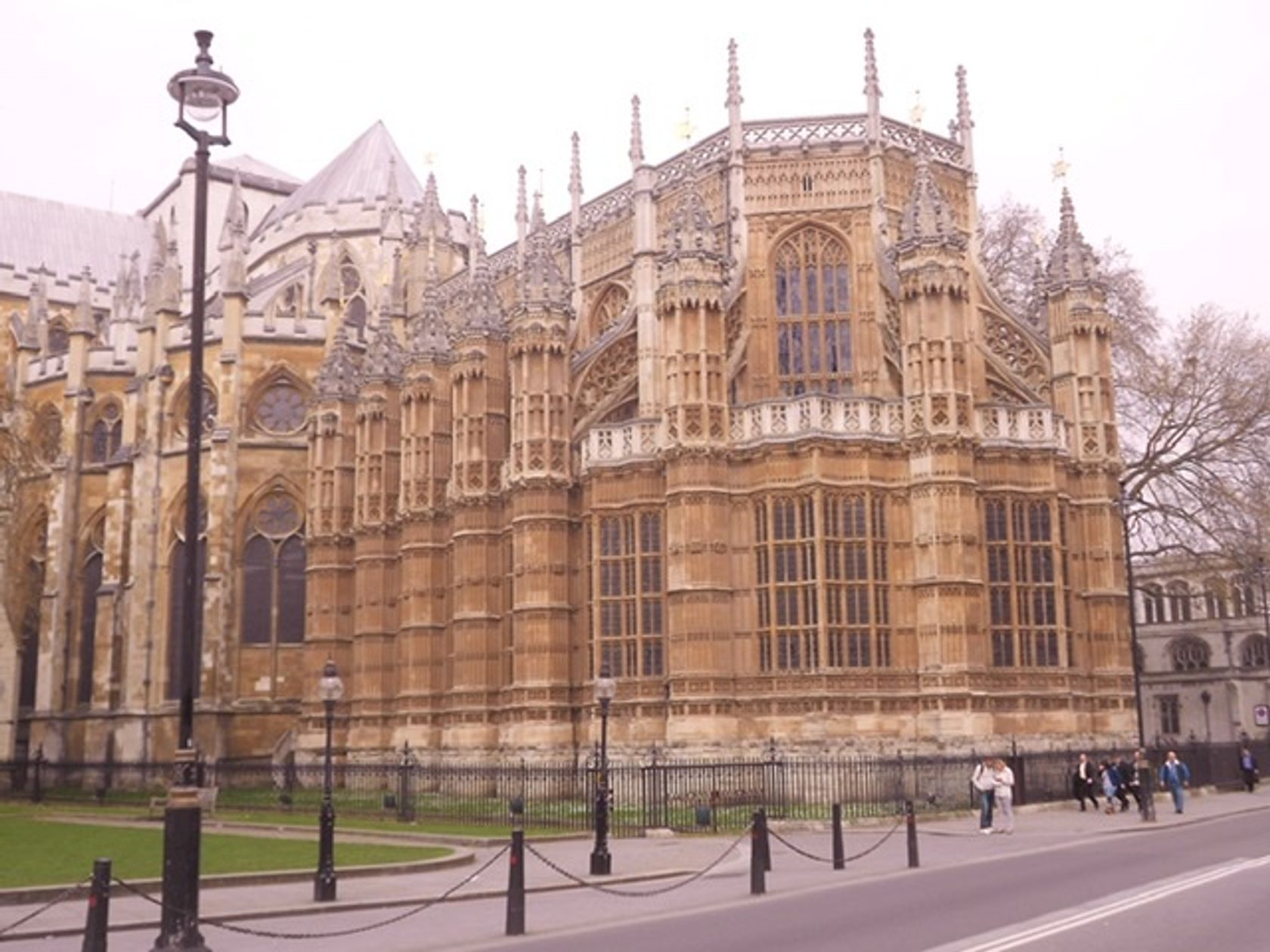Remember: Humanism is not anti-clericalism.
The Northern Renaissance
The Northern Renaissance was much more gothic and realist.

| Aspect | Italian Renaissance | Northern Renaissance |
|---|---|---|
| Geographical Location | Primarily Italy | Northern Europe (Flanders, Germany, France, England) |
| Artistic Styles | Emphasis on classical antiquity, humanism and naturalism | Detailed, intricate style, emphasis on realism and symbolism |
| Cultural Influences | Rediscovery of ancient Greek and Roman texts, humanism | Influence of Italian Renaissance, the printing press, religious and social focus |
| Subject Matter | Classical mythology, biblical stories, portraits | Domestic scenes, landscapes, still life, genre paintings, religious themes |
| Mediums | Frescoes, tempera, oil paints | Oil painting, woodcuts, engravemwents |
| Religious and Social Contet | Influence of the Catholic Church, political patronage | Protestant reformation, religious upheaval |
The Lady Chapel
Made for: Mary, Mother of Jesus
Design:
- Gothic style
- 15th century
- Renaissance was more influential in England than Italian Renaissance

Influence
Humanism
John Colet - English Education
- Appointed a ‘City Guild’ to govern school instead of clergymen
- Curriculum championed Erasmus (Dutch Humanist; produced writings) and Humanists
- Appointed Humanist William Lily
St. Pauls & Magdalen Schools (Oxford)
- Adopted Platonist education principles (Greek philosopher)
- Copied by Corpus Christ and Cardinal Colleges
Cardinal Wolesy
- Praised by Erasmus
- Personal commitment to educational improvement
- Founded his own college
- Endowed a professorship in Greek at Oxford.
Erasmus
- Received well in intellectual circles, friend of Fisher and More
- Influence on younger English humanists
- Larger support - demonstrated over the Greek New Testament controversy
Renaissance (Northern England and Italian)
Info
Unfinished